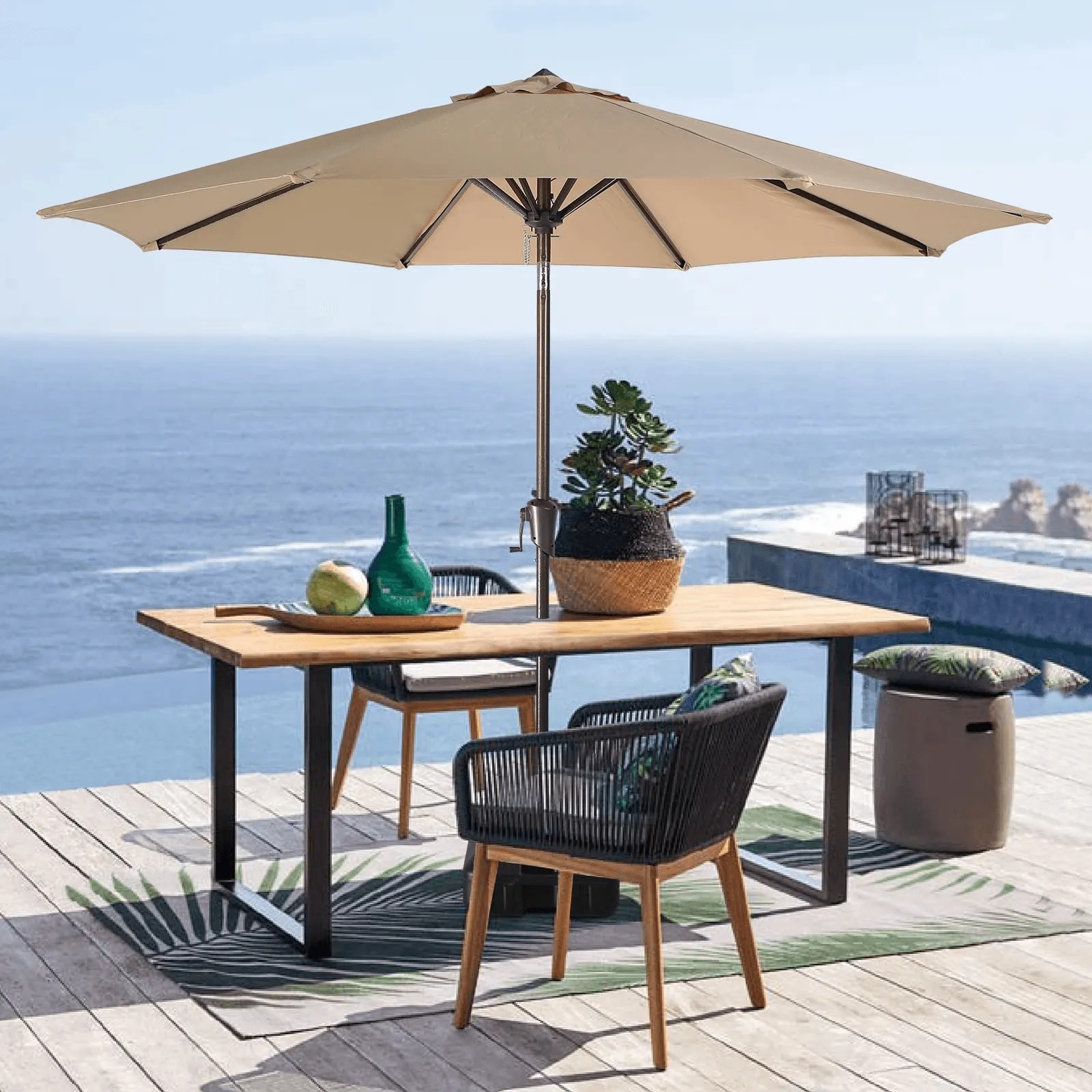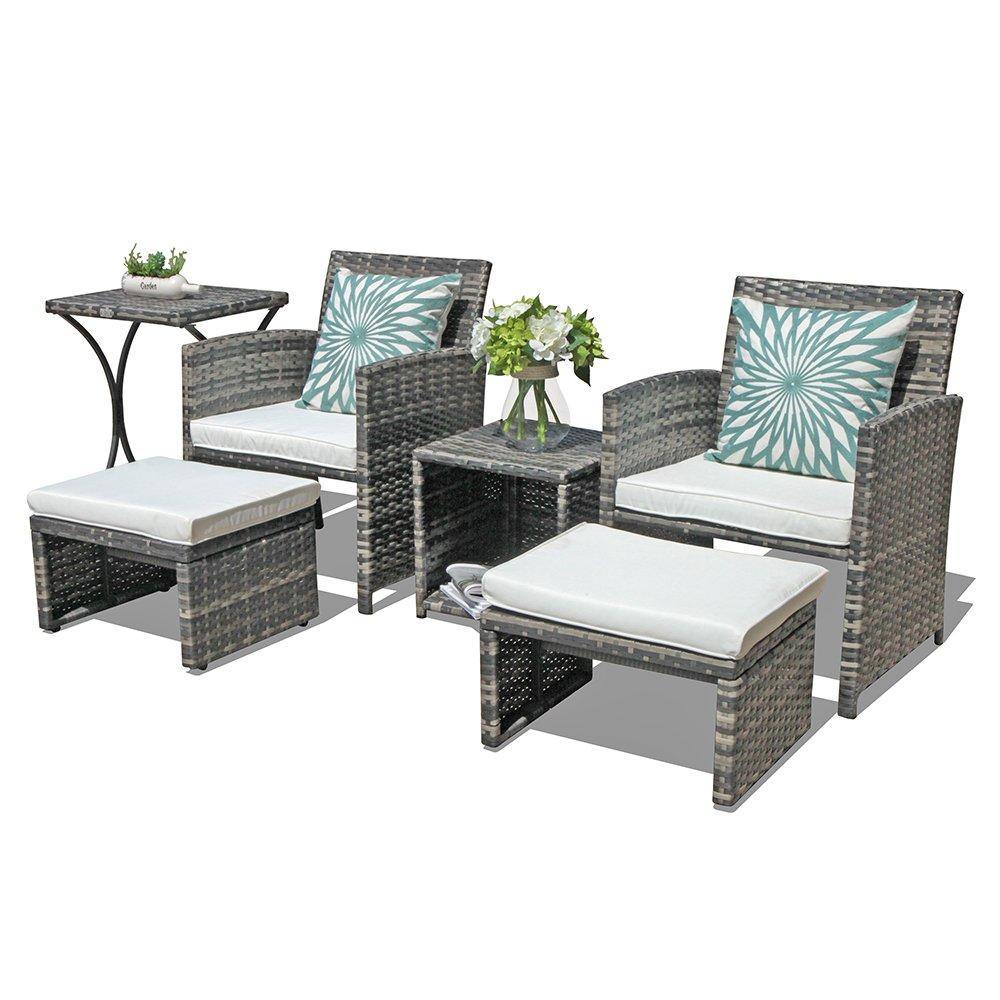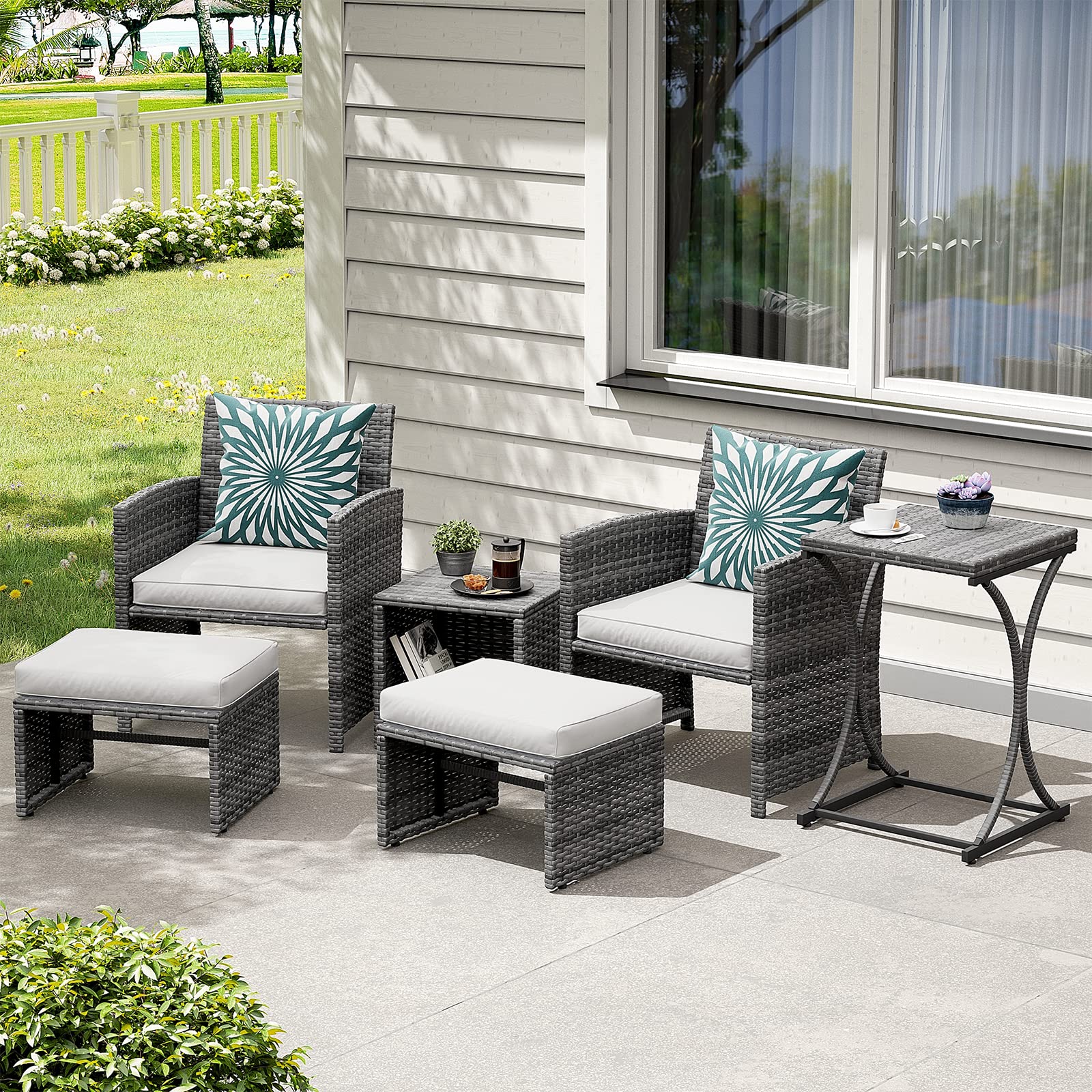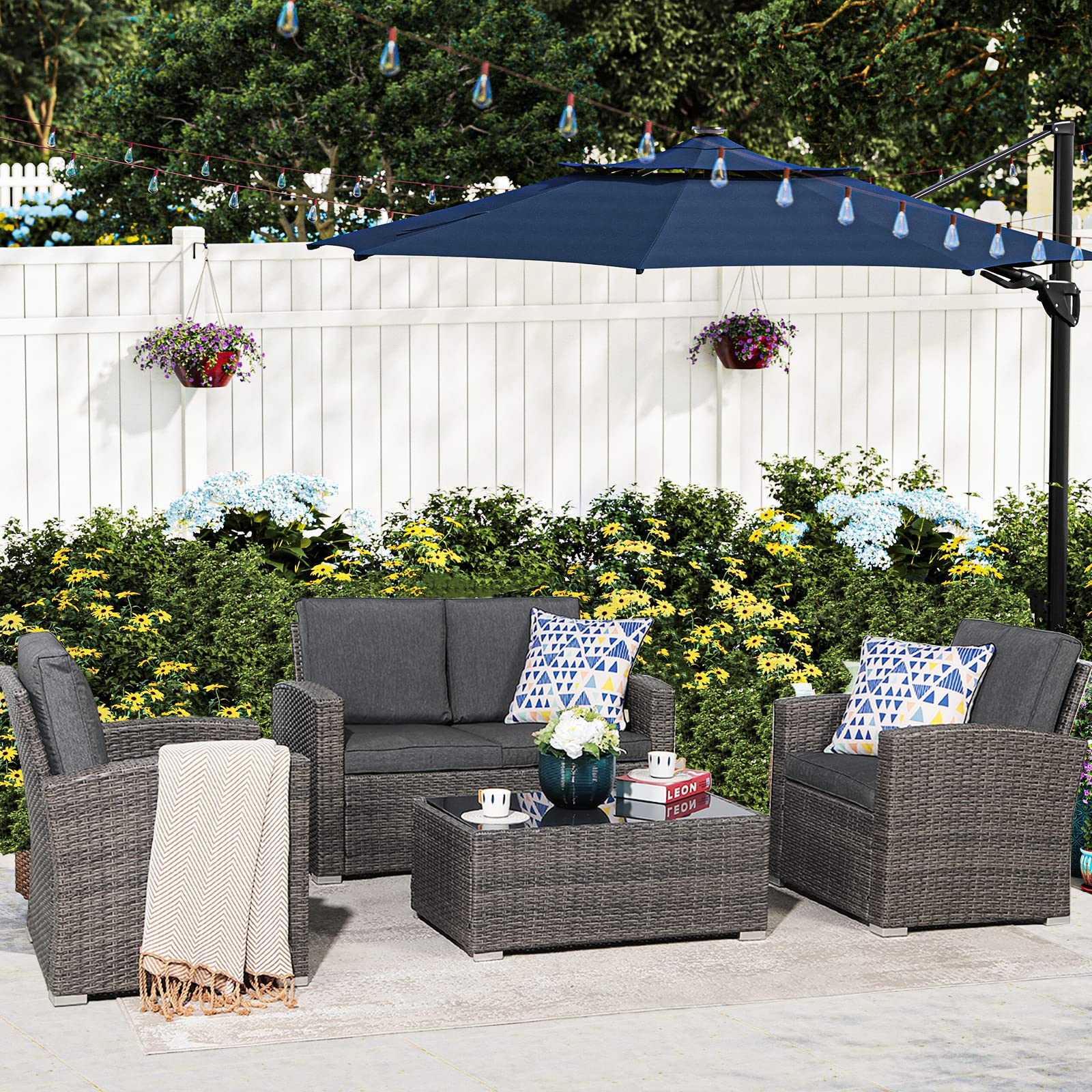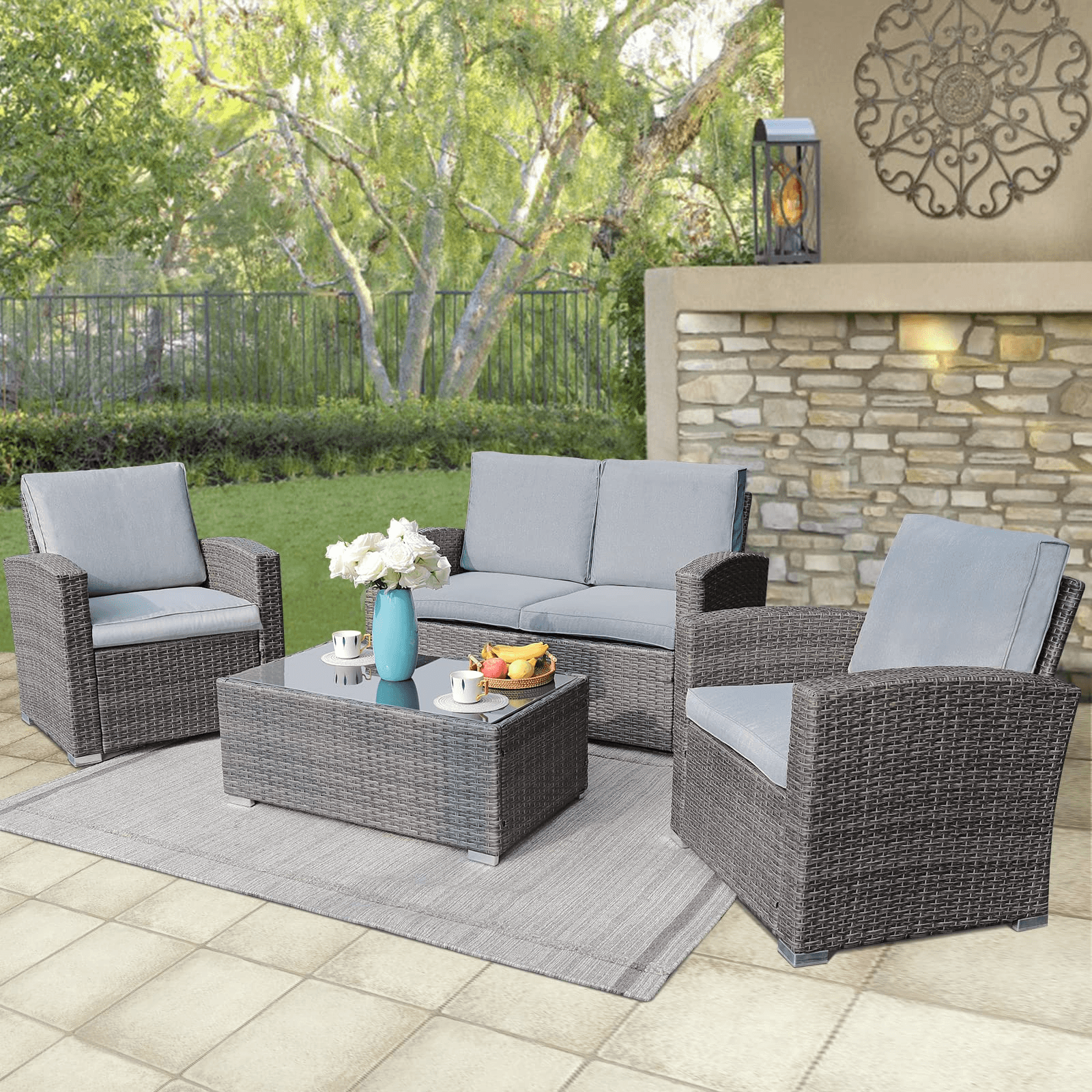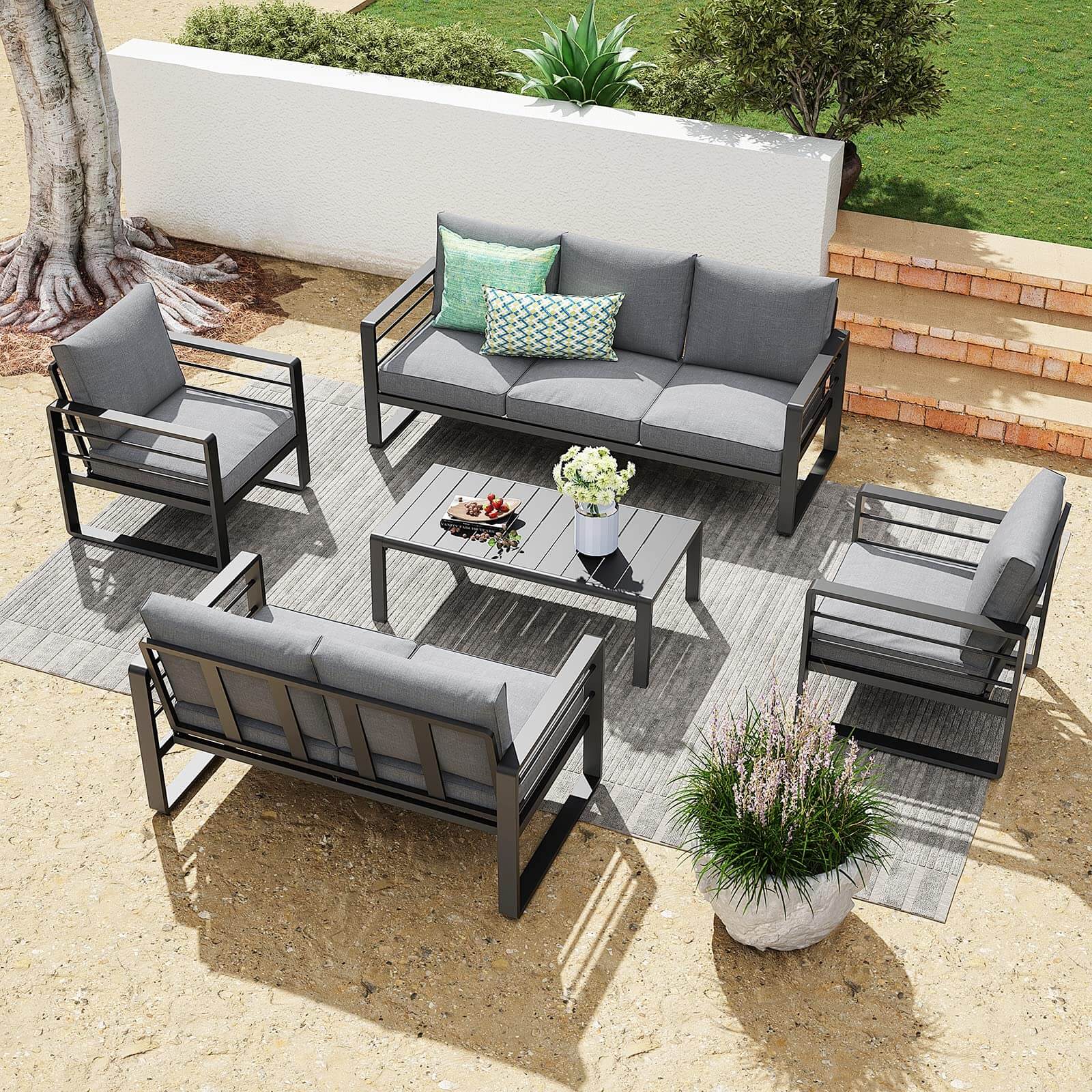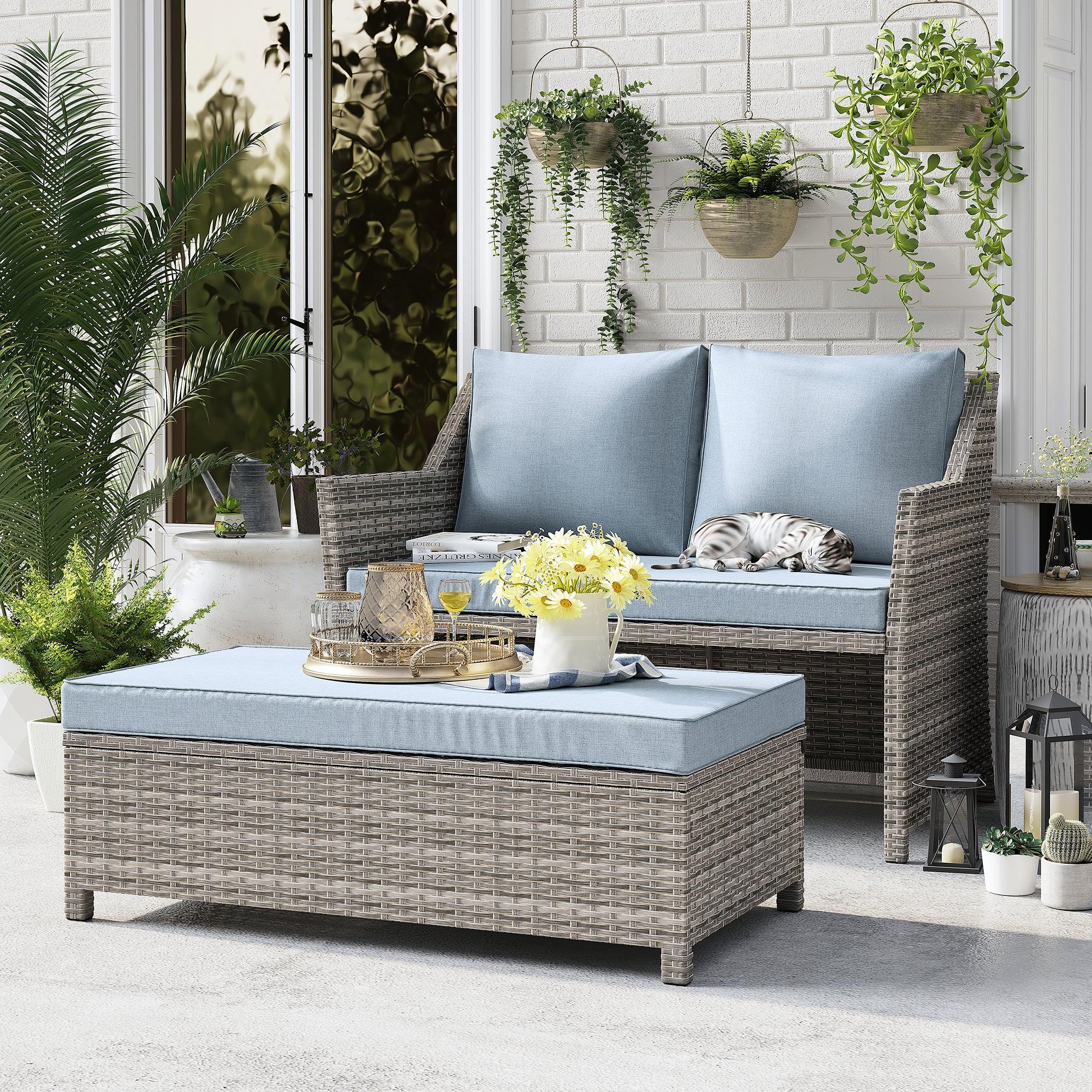Wicker vs. Rattan: Distinguishing the Woven Delights
Wicker and rattan are two terms often used interchangeably in the world of furniture and decor. While they share some similarities, these materials possess distinct characteristics that set them apart. Understanding the differences between wicker and rattan is crucial for discerning buyers seeking the perfect pieces to elevate their living spaces.
Origins and Materials

- Wicker: A weaving technique rather than a specific material, wicker can be crafted from various plant fibers, including willow, rattan, reed, and bamboo. The interwoven strands create a lattice-like structure that adds strength and durability to furniture.

- Rattan: A type of climbing palm native to tropical regions of Asia and Africa, rattan is renowned for its flexibility, strength, and natural beauty. Its long, slender stems are used to create furniture frames, weaving, and other decorative elements.
Appearance and Texture
- Wicker: Wicker furniture typically exhibits a more rustic or casual aesthetic. The woven strands create a textured surface that can range from smooth to rough, depending on the materials used. Colors can vary from natural browns to painted hues.
- Rattan: Rattan furniture often has a more refined and elegant appearance. The smooth, polished stems of rattan create a glossy finish that complements both traditional and contemporary decor. The natural color of rattan is a warm, golden brown.
Durability and Maintenance
- Wicker: While wicker furniture can be durable, it is not as resistant to moisture and sunlight as rattan. It is susceptible to fading and cracking if exposed to these elements. Regular cleaning with a soft brush or vacuum is recommended.
- Rattan: Rattan furniture is highly durable and can withstand the outdoor elements. It is resistant to moisture, decay, and UV rays. Cleaning is as simple as wiping down with a damp cloth.
Versatility and Applications
- Wicker: Wicker furniture is versatile and can be used both indoors and outdoors. It is commonly found in casual settings, such as patios, porches, and sunrooms.
- Rattan: Rattan furniture is more versatile and can be used in a wider range of settings, from formal living rooms to outdoor terraces. It is also popular for making baskets, lamps, and other decorative items.
Sustainability
- Wicker: As a natural material, wicker is biodegradable and sustainable. The plant fibers used to create wicker are renewable resources.
- Rattan: Rattan is also a renewable resource, as it is harvested from sustainable palm forests. However, it is important to ensure that rattan products are sourced from reputable suppliers who prioritize sustainable practices.
Regardless of Wicker or Rattan, they are both very good materials used to make outdoor furniture. There is no particularly clear distinction. They are both very durable and the cost is similar. Improving your outdoor space starts now!




